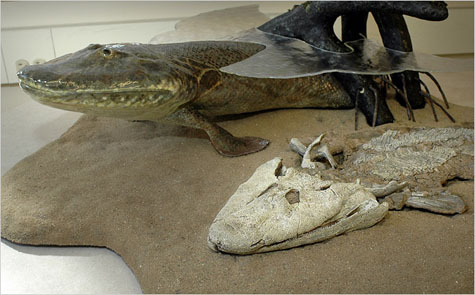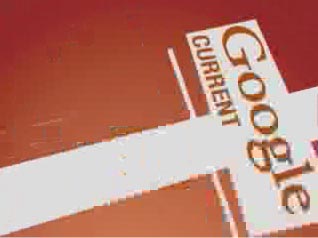
For the last couple weeks I have been looking forward to hearing legendary visual effects artist Ray Harryhausen speak tonight at the University. I was hoping to take my camera and get a few shots of his stop motion armatures. I even picked up a couple of extra tickets for my parents, whom are going to be in town tonight—this was going to be a source of some much needed excitement. The only catch is, Mr. Harryhausen isn’t actually going to be here.
I first thought something was odd last week when I read on the tickets, “A VIRTUAL APPEARANCE BY RAY HARRYHAUSEN”, but I figured it had something to do with the title of the lecture, Grand Illusions. Upon re-reading the lecture description it hit me like a ton of bricks that the real grand illusion was the fact that Ray Harryhausen would only be making a virtual appearance, as in live via satellite from Los Angeles.

I hate to be a stick-in-the-mud and I’ll see what my folks think but I’m probably not even going to go. Frankly, I wouldn’t be much more disappointed if I’d just discovered they were merely showing a DVD interview with Mr. Harryhausen. Why would they bother paying him to speak, if they couldn’t afford to actually bring him here.
I’ve been to virtual lectures before, and they really leave a lot to be desired.
Now I know why there were so many tickets left over; I now also know why they are free. You get what you pay for I guess.





